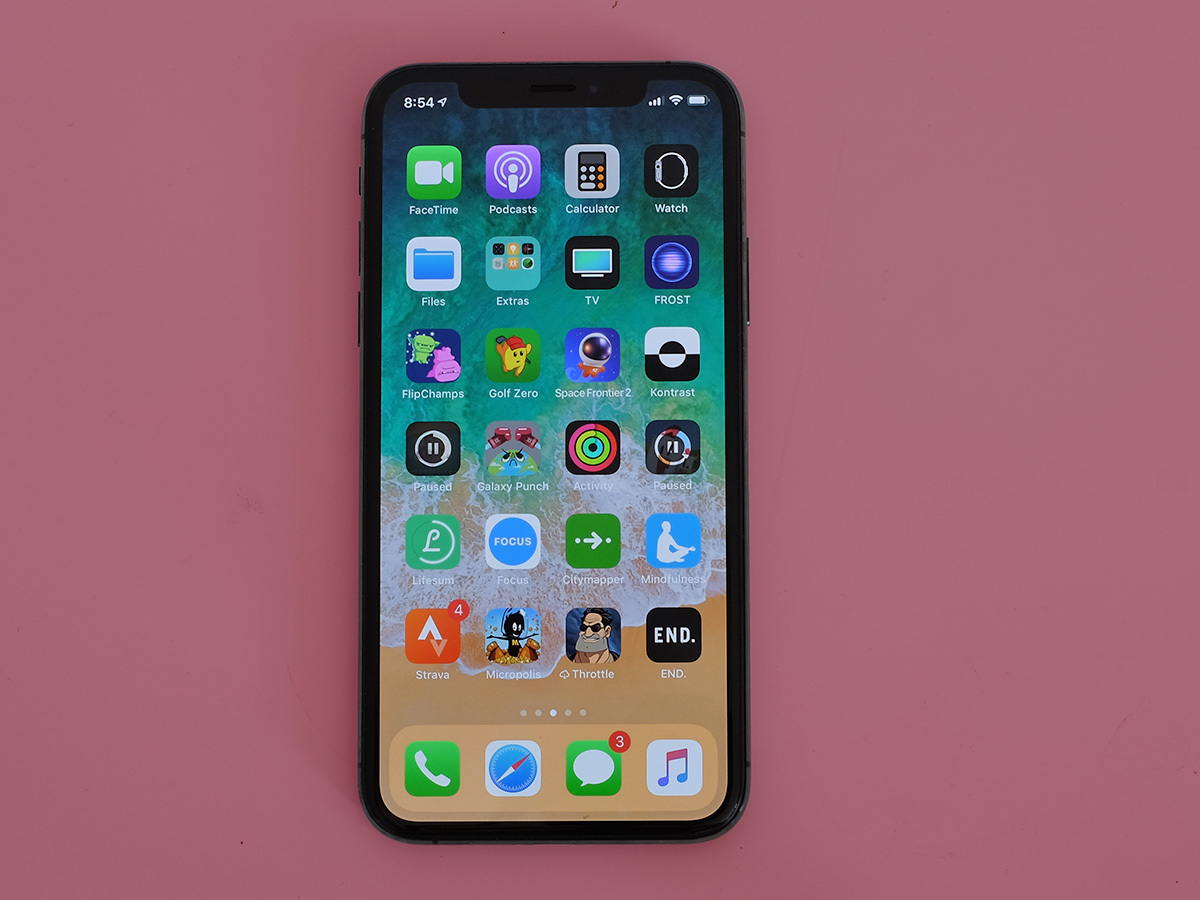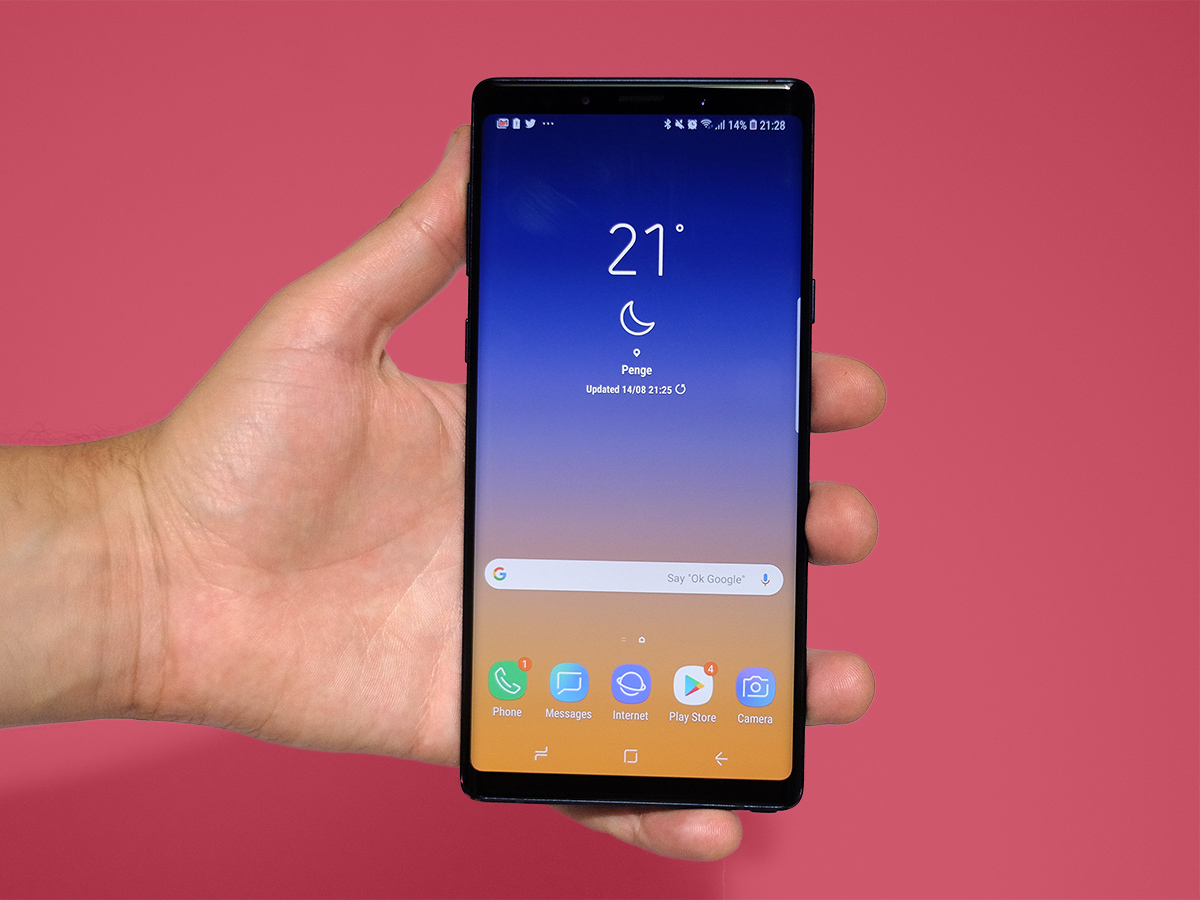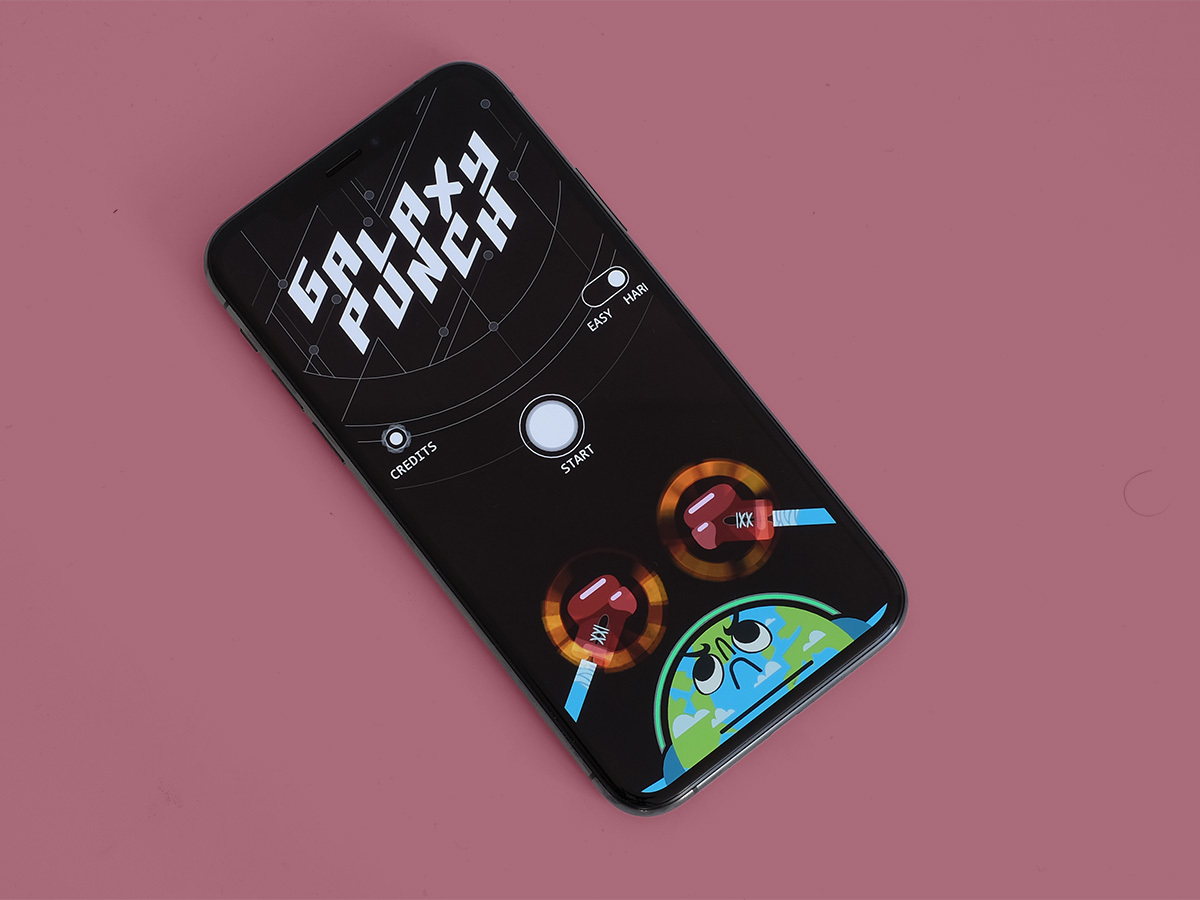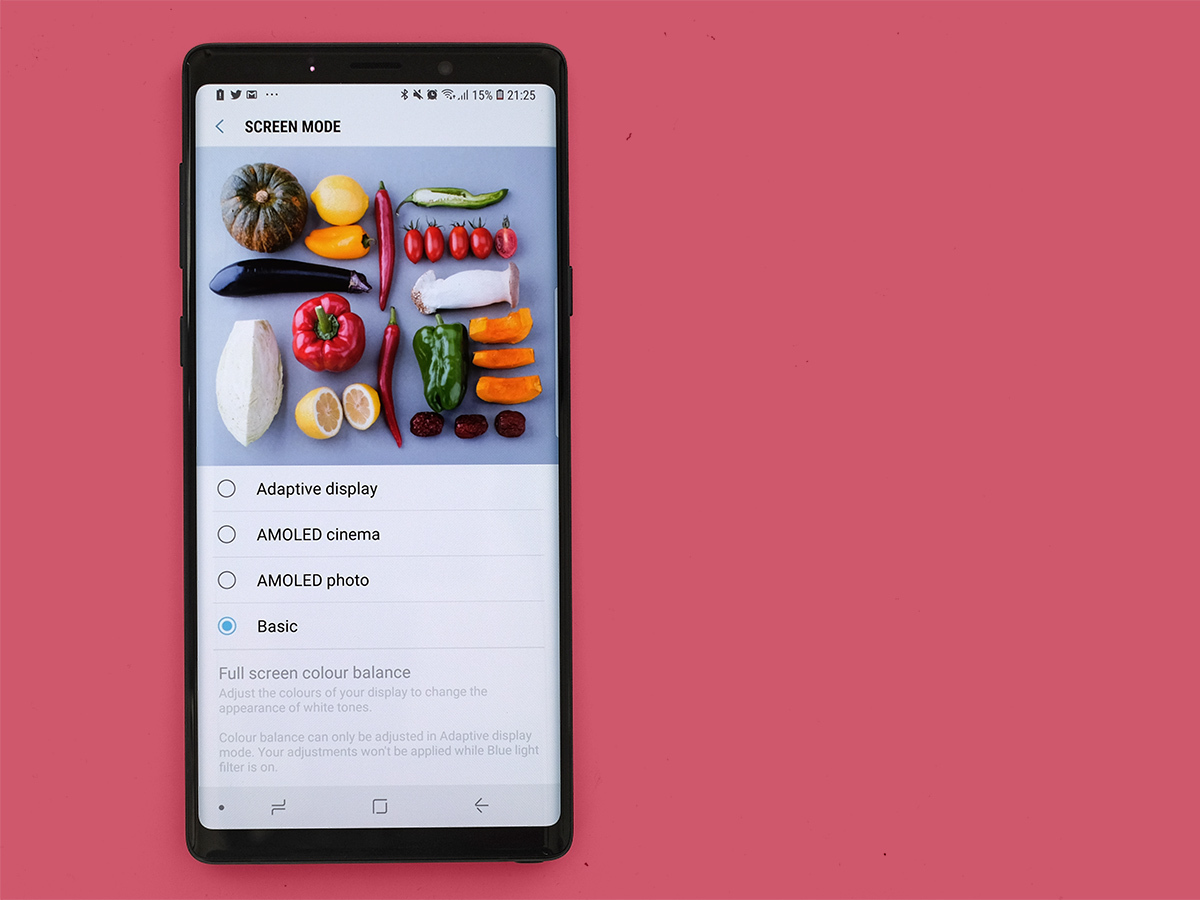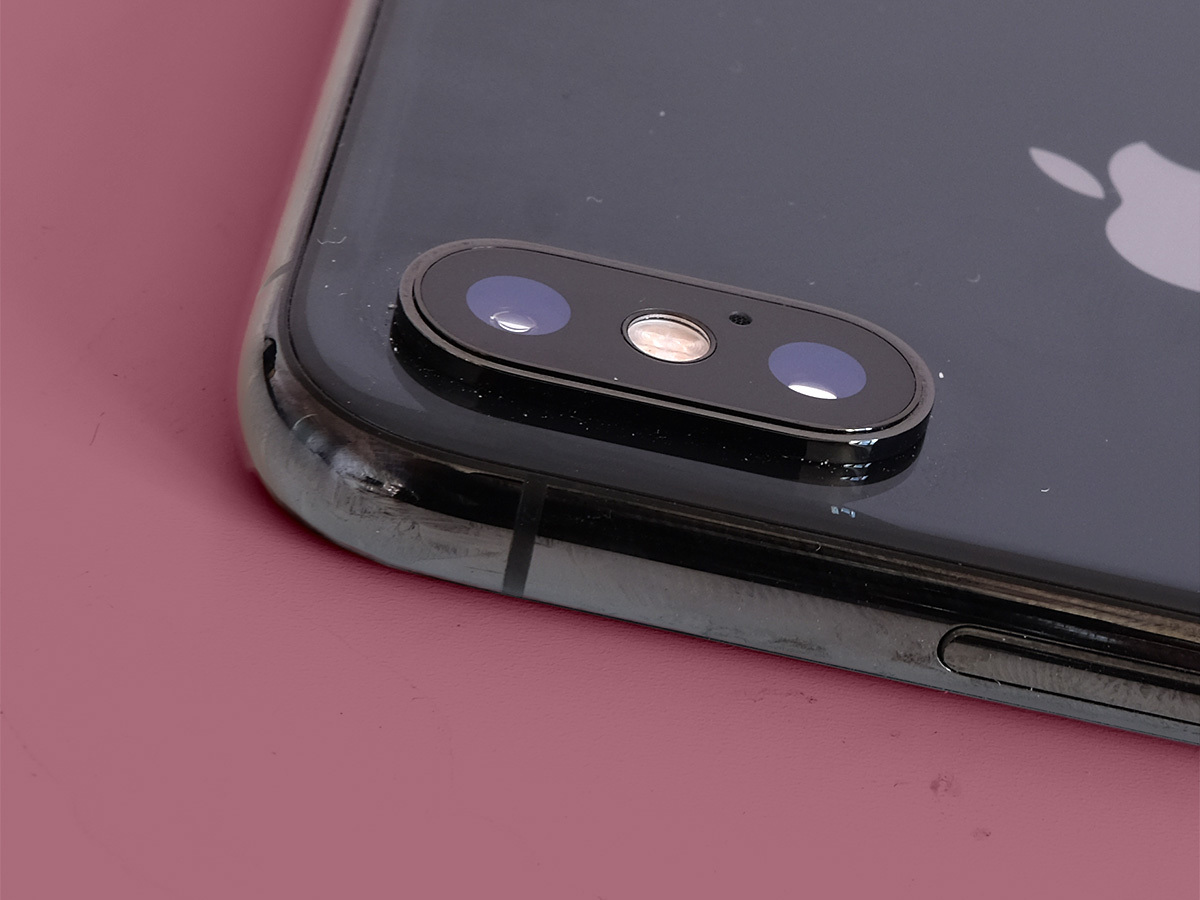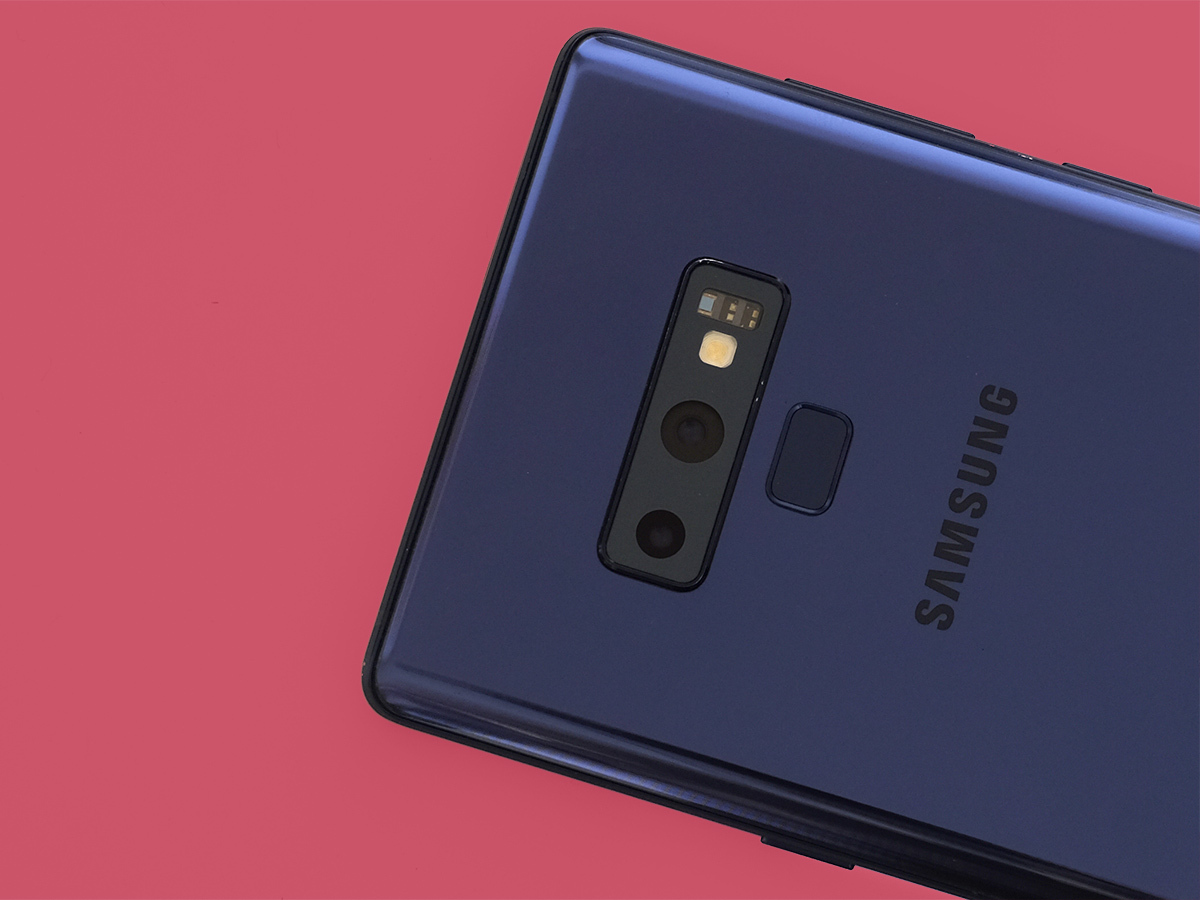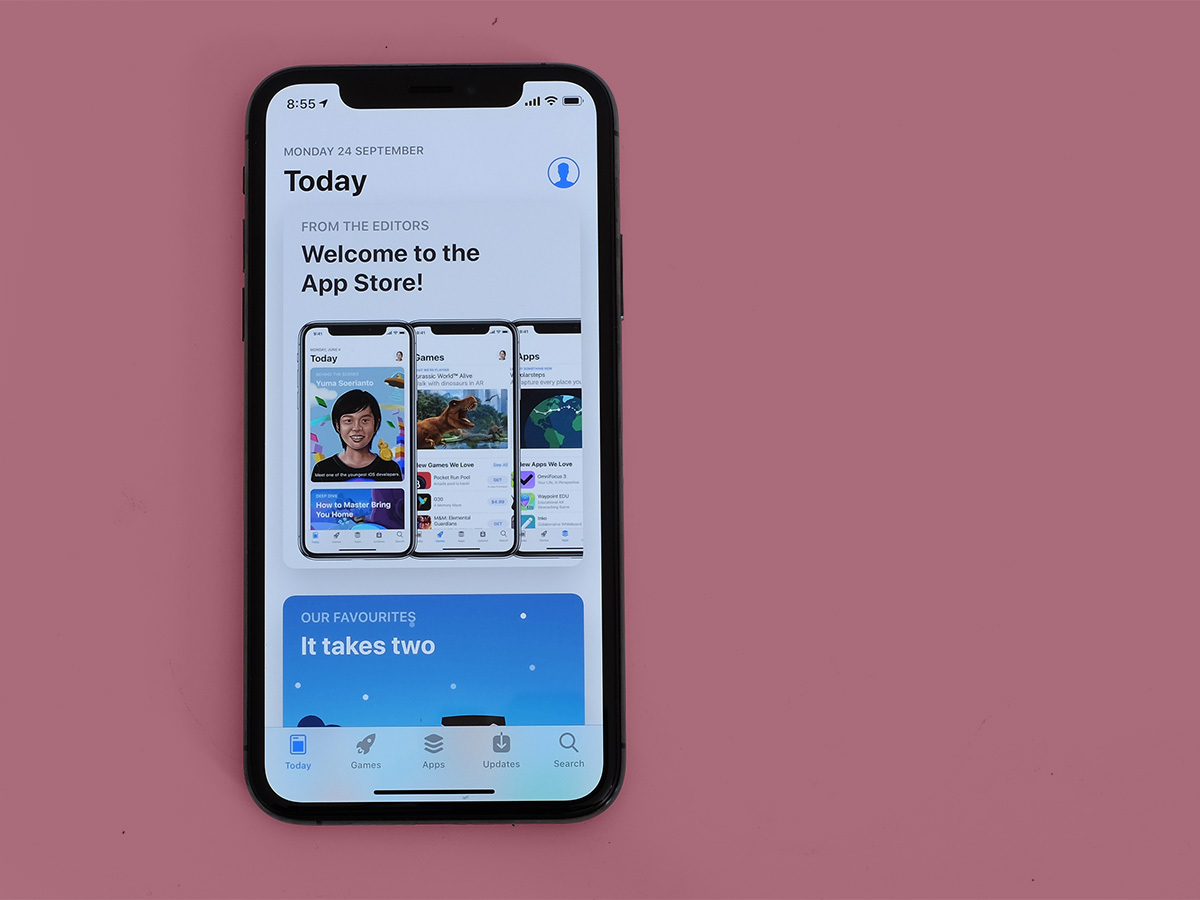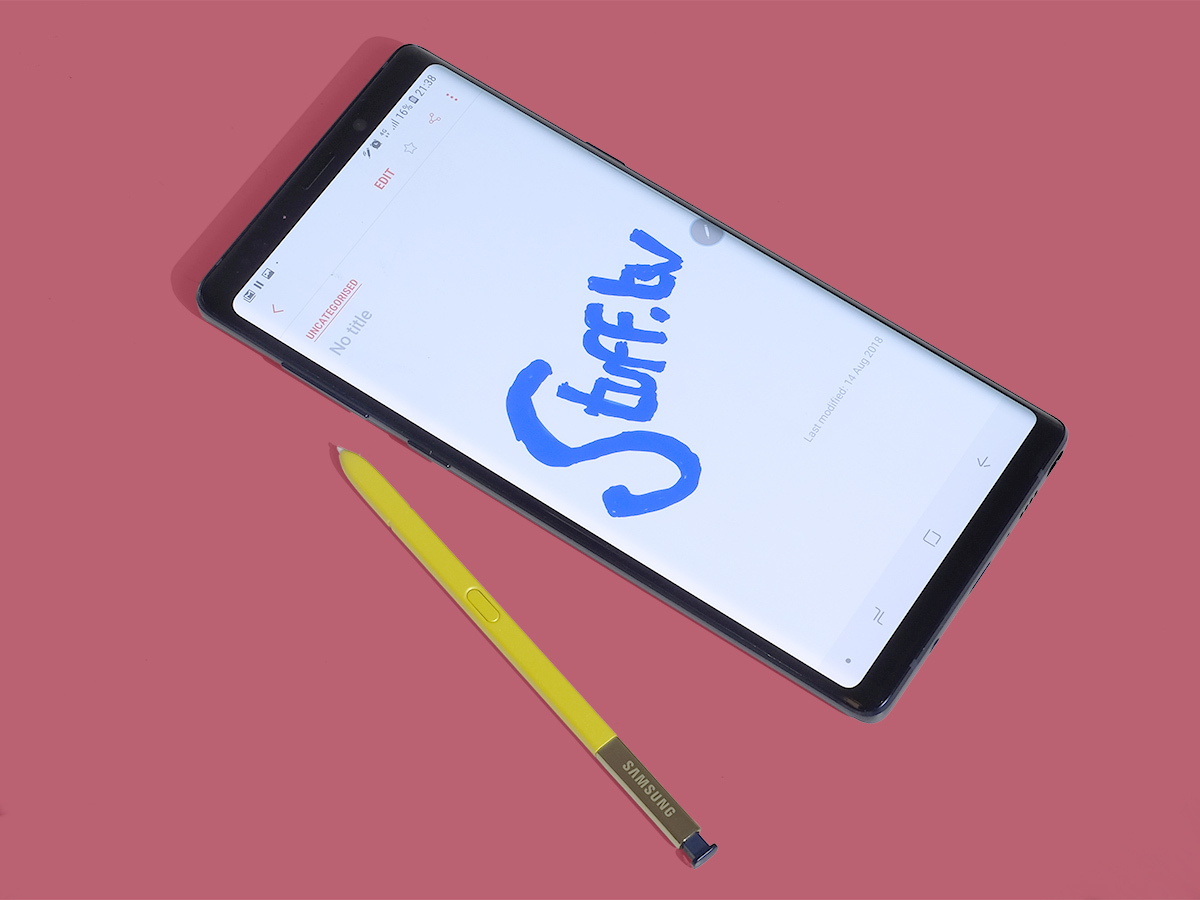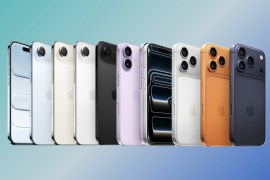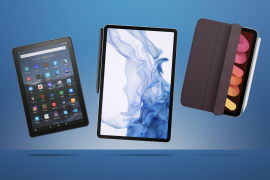Apple iPhone XS vs Samsung Galaxy Note 9: Which is best?
The super-expensive super-phones battle it out
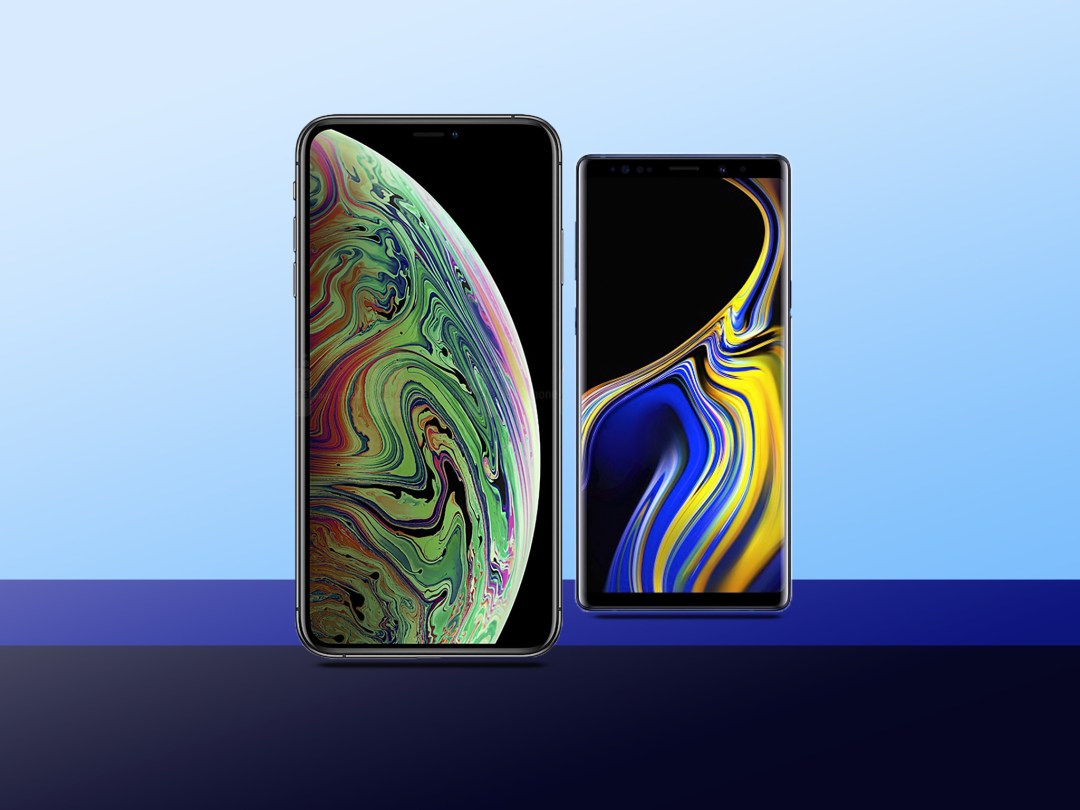
It’s the battle of the smartphone titans: Apple and Samsung keep trading blows, year in and year out, and this autumn the fight is being waged between the iPhone XS and Galaxy Note 9.
On the surface, they’re two very different handsets – the iPhone XS with its edge-to-edge, notched display and the Galaxy Note 9 with its smarter-than-ever S Pen stylus in tow. But both are incredibly powerful, incredibly beautiful, and… well, incredibly expensive.
Got upwards of £1000 to spend on a smartphone right about now? Lucky you. If so, here’s a look at how two of the top-end options compare, now that we’ve fully put the new iPhone XS through its paces.
Design: We dig the XS
The iPhone XS adds a gold option into the mix, but otherwise, this is the very same comparison that we’ve already seen between the iPhone X and the Galaxy Note 9. It’s identical to last year’s phone.
And in that battle, we have to give the advantage to the iPhone XS. The edge-to-edge look is brilliant in action, the phone itself is perfectly sized for one-hand usage despite its large display, and it exudes an unmatched level of luxuriousness.
Meanwhile, the Galaxy Note 9 is nearly identical to the Note 8 before it, and while we like the large, tall design, it just doesn’t have the same kind of flash today. It’s a fine-looking phone, but the iPhone XS makes much more of a unique impression.
Verdict: Apple iPhone XS
Screen: Crisper is better
You’re looking at a pair of stunning, high-end OLED displays here, and if Samsung made the iPhone XS display as it did the iPhone X ones, then they both might come from the same source too.
But the Galaxy Note 9 has the advantage here. It’s a gorgeous Quad HD screen at a massive 6.4in that’s incredibly bright, boasts fantastic contrast, and leads the smartphone pack right now alongside the Galaxy S9 models.
The iPhone XS’ 5.8in display is a bit lower-resolution at 1125p, but it’s likewise rather stunning. This one boasts a wider colour gamut than the iPhone X, delivering 60% more dynamic range than last year’s model, and the end result puts it very, very close to the Note 9. But given the miniscule difference in clarity, we have to give the nudge to the Note 9.
Verdict: Samsung Galaxy Note 9
Also Read › Apple iPhone XS review
Camera: A photo finish
Both phones pack a pair of cameras on the back, with the iPhone XS opting for the same specs as last year: two 12-megapixel cameras, one wide-angle at f/1.8 and the other telephoto at f/2.4. They were great on the iPhone X, and they’re significantly improved this time around.
With a faster sensor, improved algorithms, and Apple’s much more powerful Neural Engine on the A12 Bionic chip, the iPhone XS packs a Smart HDR feature that merges the best elements of several consecutive snaps to deliver one excellent result. And it delivers, with clearly better results than the iPhone X including less chance of blow-out. You can even change the background blur and bokeh effects of Portrait shots long after they’re taken, which is a really neat perk.
The Galaxy Note 9 also goes for a pair of 12MP cameras, but these are at f/1.5 and f/2.4 aperture, respectively. And interestingly, like the Galaxy S9, the main camera has an adjustable aperture that can automatically shift from f/1.5 to f/2.4 to bring out more detail in your shots when you have strong lighting available.
We called it "a near-perfect camera" for 2018, even if the Huawei P20 Pro‘s triple-camera setup has some advantages, and the Note 9’s Auto HDR shots are typically fantastic. These two phones are very, very close in terms of overall camera quality, but we think the iPhone XS has the slight edge when it comes to consistent point-and-shoot brilliance.
On the front, of course, the iPhone XS brings back the incredibly cool TrueDepth camera, which uses its sensors to deliver Face ID security smarts and Animoji fun. The Note 9 does facial security, too, but it lacks the 3D facial mapping and is thus less secure of an option.
Verdict: Apple iPhone XS
Performance: Apple’s advantage
Samsung’s Exynos 9810 chip leads the Android pack of this writing, at least in terms of benchmark tests… but Apple’s chips are notably faster.
That’s still true with last year’s iPhone X, even, but iPhone XS delivers significant gains in terms of performance and efficiency, while the 9x more capable Neural Engine empowers things like ARKit augmented reality and machine learning.
Of course, iOS 12 is super speedy on the iPhone XS, and Android 8 Oreo is already plenty swift on the Galaxy Note 9. In terms of day-to-day usage, we don’t see dramatic differences here. Both are more than capable of handling your every need, but the iPhone XS does have a fair bit more extra power available as needed for multitasking and high-performance games and apps.
Verdict: Apple iPhone XS
Battery and perks: S Pen and more
Samsung talked a big game around the huge 4,000mAh battery pack in the Galaxy Note 9, but we were admittedly underwhelmed by the results. It’s built for more than a day of average usage, but it didn’t quite hit the day and a half we’d hoped for.
Still, it can go a bit longer than the iPhone XS. The iPhone XS packs in about 30 more minutes of daily uptime than the iPhone X, but that’s still likely to be little more than a strong day’s usage. It’s not built for more unless you’re barely using it. Both phones offer wireless charging, too, as well as fast charging.
The Note 9 has an advantage when it comes to storage, as well. It comes in 128GB and 512GB options, while the iPhone XS arrives in 64GB, 256GB, and 512GB tiers – but the Note 9 also supports microSD cards for expandable storage, allowing a grand total of up to 1TB on the higher-capacity model. That’s pretty incredible.
Of course, the Galaxy Note 9’s biggest hook is the S Pen stylus, which pops out of the bottom and lets you scribble, sketch, take notes, and perform other tasks around the OS. This version’s stylus also has Bluetooth connectivity, allowing the S Pen to be used as a remote camera shutter button or media control.
Samsung also has the fun Gear VR virtual reality headset experience for the Note 9, as well as a desktop PC-like DeX mode using an external monitor. The company always packs its flagships with bonus perks, and those could be deal-makers for some people.
Verdict: Samsung Galaxy Note 9
Verdict: The XS prevails
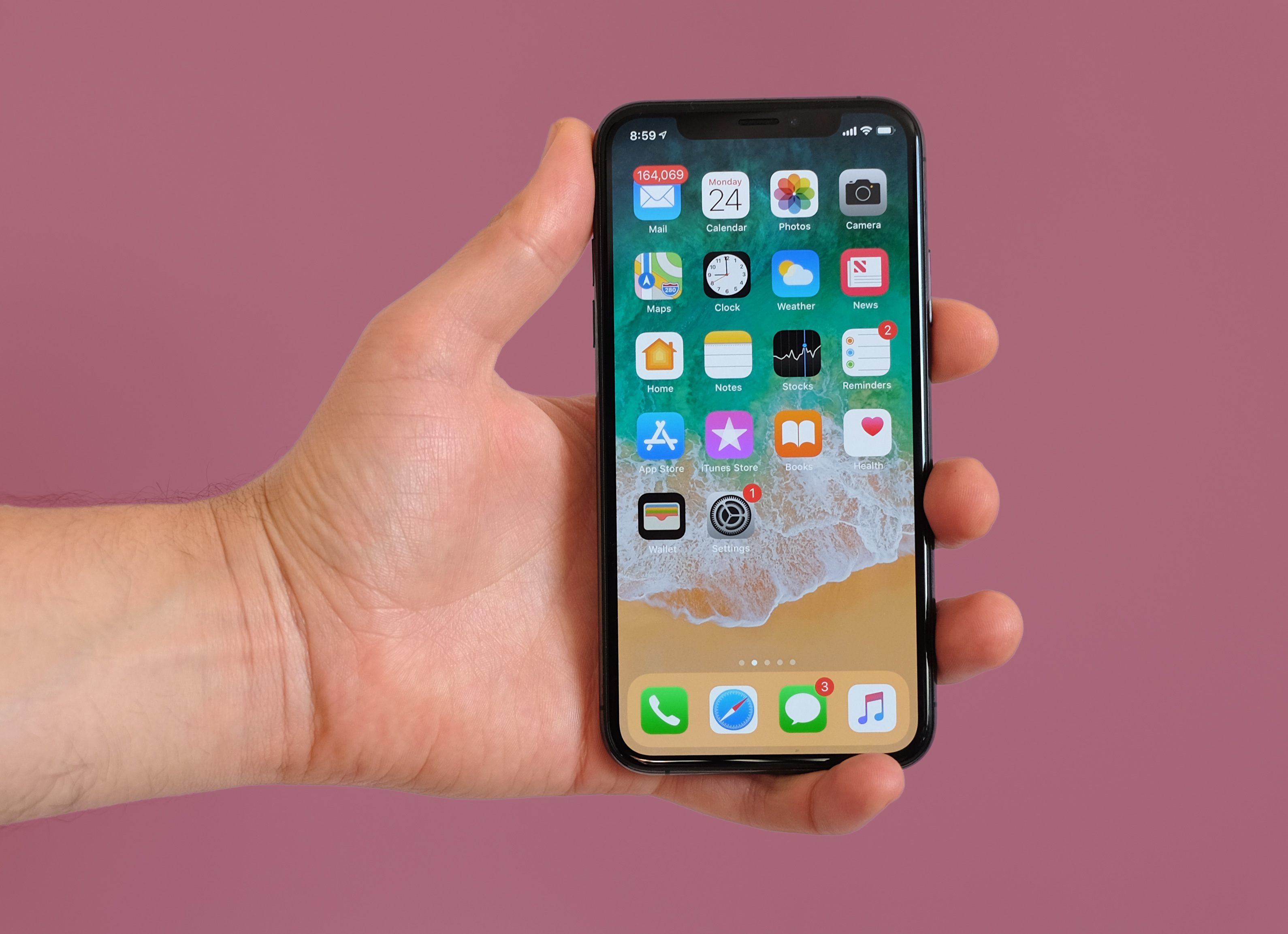
We recently reviewed the Galaxy Note 9, and while we liked it a lot, the phone didn’t rocket to the top of our best smartphones list. It’s an excellent handset, but also a very iterative one… not to mention still a very niche one.
Most smartphone users have little need for a stylus, let alone paying £899 for a phone to get one. If you’re keen on a Samsung this year, we’d rather point you towards the great Galaxy S9 or Galaxy S9+ instead. Both are cheaper, yet similarly equipped in most ways. On the other hand, if you must have a stylus, the Note 9 is clearly your handset of choice.
Meanwhile, the iPhone XS only builds upon its predecessor’s brilliance – and the iPhone X currently sits in our Top 3, soon to be replaced by the XS. The iPhone XS is pricier than most at £999, which does temper our recommendation a bit; there are excellent, flagship-level smartphones that can be had for much less cash, including the OnePlus 6 at £469.
But if you’re willing to spend big on a brilliant smartphone and you’re deciding between these two, we think the Apple iPhone XS offers the better all-around experience for most users.
Winner: Apple iPhone XS
